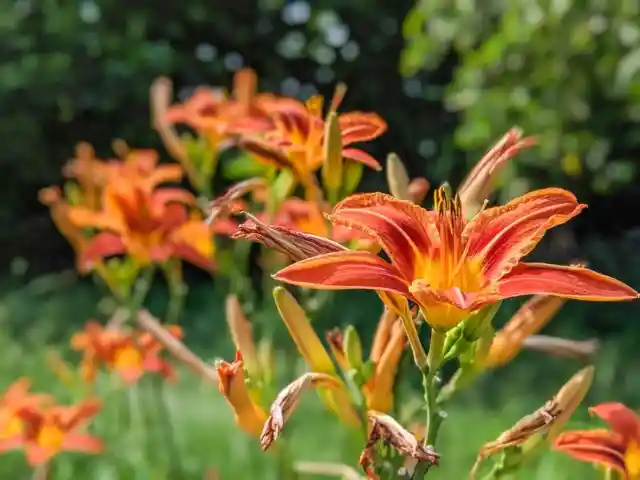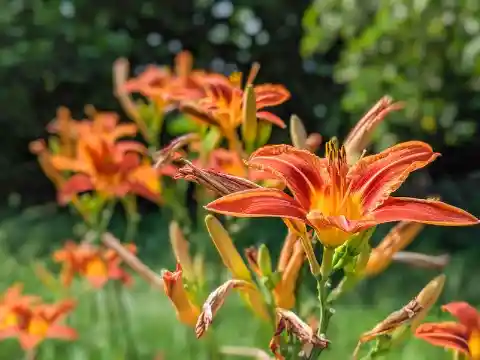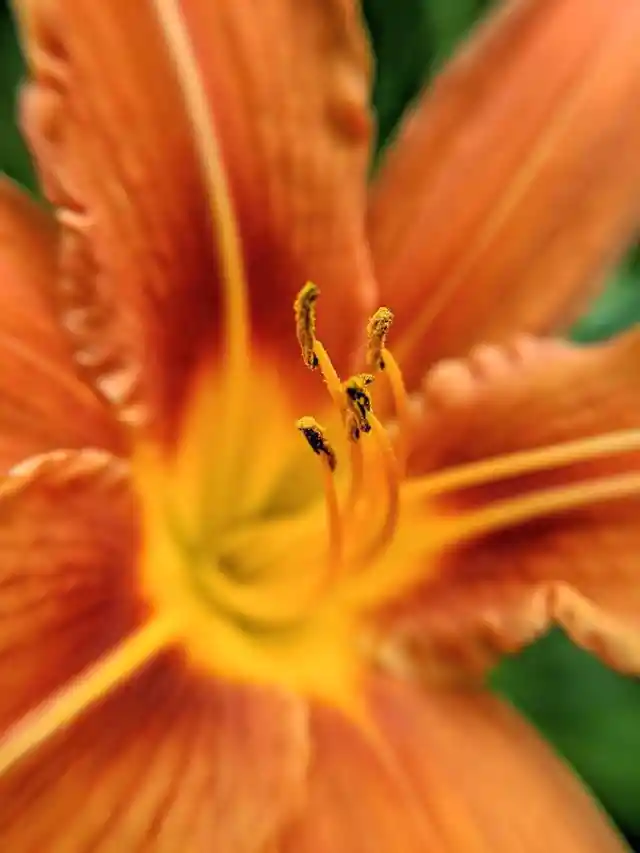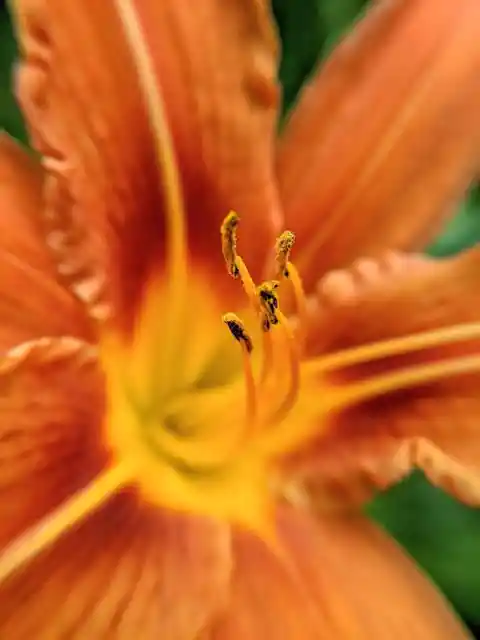Nature is a truly wonderful thing, and one part of nature that we do not often consider is its ability to ‘hear’ other things. We assume that you need to have ears to listen, but nature tells us otherwise. Take the dodder plant for example. You do not see the dodder with a pair of ears, do you? Yet it can hear. So much so that the plant uses its powers of hearing to know when it should bloom!


Dodders are intriguing, if parasitic. If you have ever seen plants that are overgrown with an orange-yellow stem growth, this is a dodder. It finds a host, takes it over from the inside, and elongates itself as it finds other poor plants to take over and feed on. It starts to drain the water from the plant and takes the nutrients from the plant as it does so. As dodder grows more, it consumes more, and the cycle continues. This means that it becomes hard to tell what the plant is and what the dodder is.
The most intriguing part of dodder, though, comes when it comes to flower and bloom. When that happens, it is understood that the dodder starts to ‘listen’ to the other plant. They absorb the chemicals that promote flowering from the other plant, and with that, they can begin to start blooming at the same timeframe as the plant they have taken over.
That is horrifying, but also extremely resourceful. If you take away the fact that dodder is a complete parasite, it is pretty cool!


method of flowering is supposed to be optimal for dodder. This allows dodder to open itself up for reproduction at the right time, making sure it is never put at risk or disadvantage. Its incredible listening ability means that it knows when to act, and how to act, to ensure that it can absorb nutrients, take control of the other plant's flowering process, and grow.
Awful in a way, but hugely impressive in others!